“This post is part of a social shopper marketing insight campaign with Pollinate Media Group® and Food Science Matters, but all my opinions are my own. #pmedia #foodsciencematters http://my-disclosur.es/OBsstV”
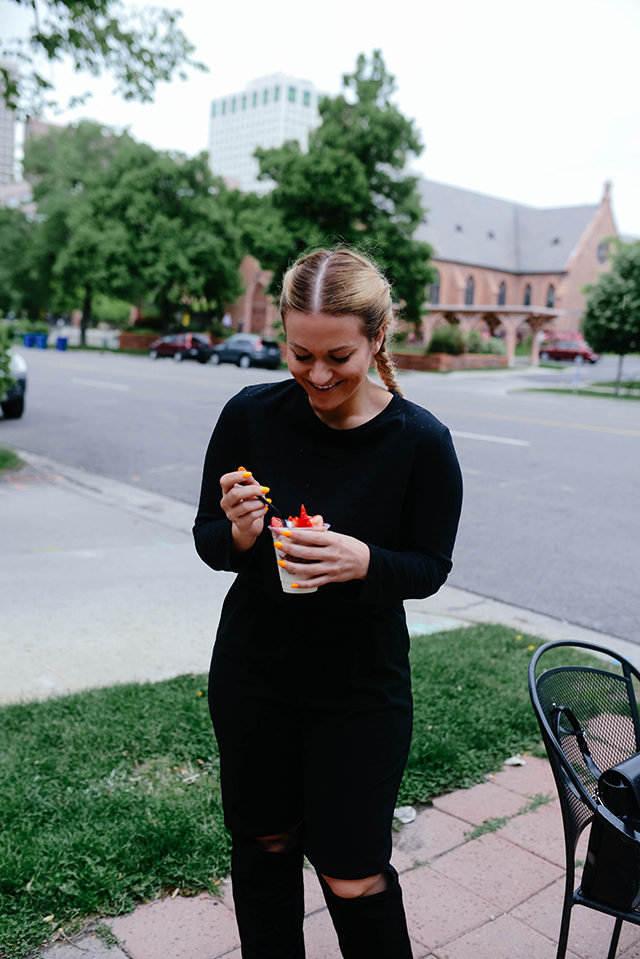
In a world that spins on an axis powered by the Internet, it’s easy to get wrapped up in WebMD, Wikipedia, and endless forums about opinions and general health concerns. Don’t get me wrong, I am equally as guilty and have had to ban myself from online symptom checkers entirely. Although these tools may stem from the truth, they easily get off topic and oftentimes take things to the extreme.
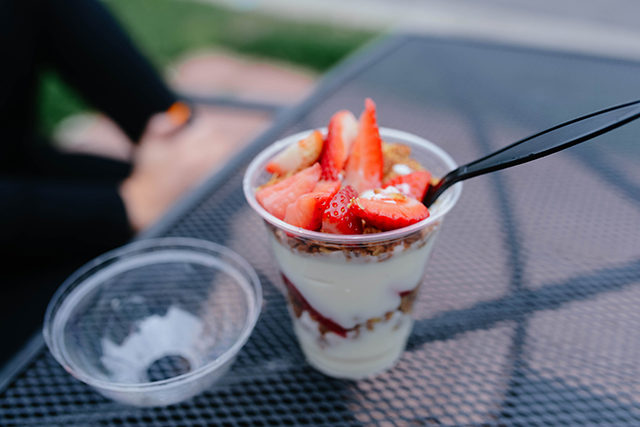
When it comes to my health and my body, I do my research and make the best choices for me. As an avid almond milk drinker, the topic of carrageenan often arises amongst my friends and I. There is a lot of misinformation around carrageenan on the web, despite the fact it has been declared safe by governing bodies across the world. It is essential that we do our own research and discover the myths and truths about carrageenan.
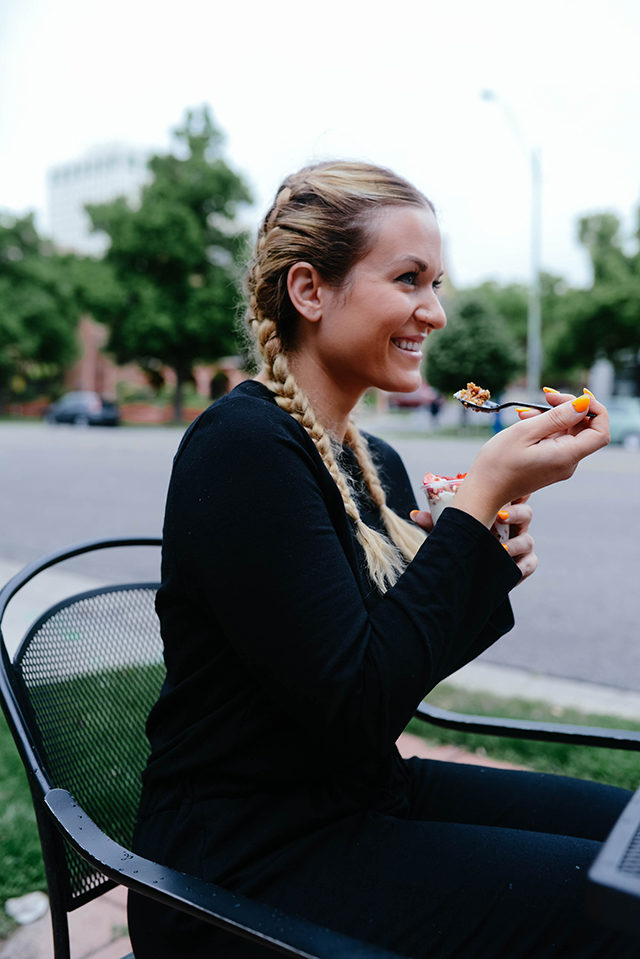
What is carrageenan, you ask? It is found in a number of foods, including yogurts, cheeses, chocolate milk, almond milk, ice cream, salad dressing, jams and jellies, hot dogs, and more. It can also be found in personal care products like toothpaste, shampoo and conditioner, body soaps, face wash, makeup, pet food and more. Contrary to what some believe, carrageenan is safe. Regulatory authorities around the world, including in the United States, Europe, China, Japan and Brazil, have found carrageenan safe for use in food.
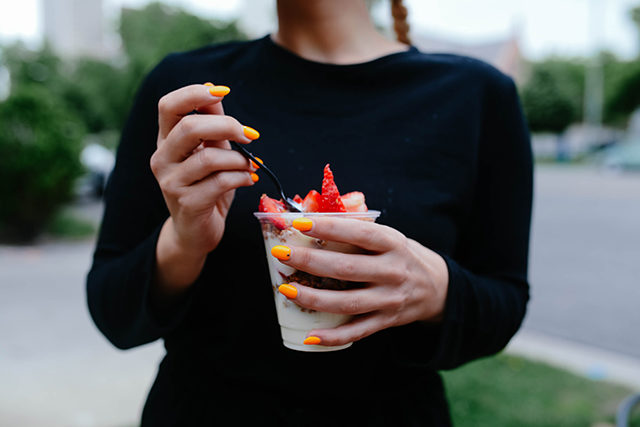
Carrageenan requires minimum processing and can actually be extracted from seaweed in any home kitchen. The process involves simply cooking seaweed with a little salt, adding a bit of alcohol and then mixing it in a household blender to release the natural carrageenan. Being extracted from seaweed, carrageenan is a vegan alternative to gelatin. This makes it not only safe for all types of diets, but reduces the use of animal byproducts.
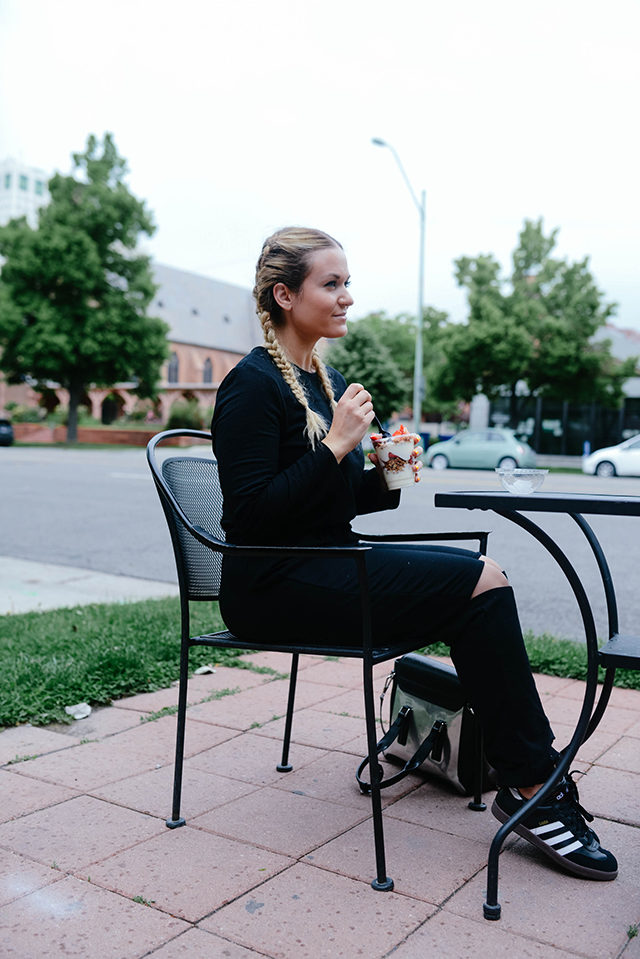
Ingredients like carrageenan and the food science behind them make food available for billions of people. They allow us to produce and transport products such as milk, juice and ice cream. Without them, we would have severe food shortages because we wouldn’t be able to preserve or extend the shelf life of food. Food items would be available only at the point of production. Although it is ok to not want to use a particular ingredient, it is essential to do your research, put myths to shame, and make the best choices for yourself.
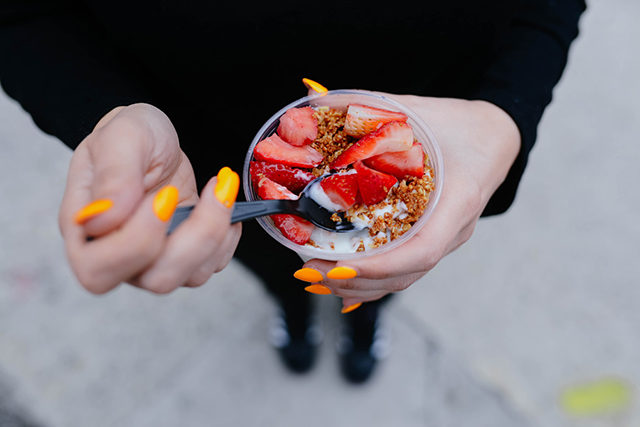
Photos: Haley Nord



Thanks for the info! Carrageenan has actually come up in conversation around here a few times lately and I hadn’t had a chance to dig into it yet.
My boyfriend swears it makes his throat itch so he avoids it…I think he’s a bit crazy when it comes to food sensitivities though lol
How interesting! I don’t think I’ve ever heard of carrageenan before today. By the way, loving the head-to-toe black!
-Anna | http://www.fivefootandfabulous.com
Great photos, love your braids! I have never heard of this ingredient actually…
♡ Kristina
TheKontemporary
love!
kisses from dubai ❤️
http://www.mahryska.com
Not sure I have heard of this ingredient but I’m sure it would have come up so good to know!
xx, Merritt
The Style Scribe
I love your pictures. and your braids look absolutely darling. 🙂 I had heard of carageenan before, but never put any serious thought into it. I always think it’s a smart idea to do your own research about foods. Especially if the internet is saying something strongly about it, one way or another.
Super cute in these pics! Love your sneakers and bright nails!
http://www.dressed2dnines.com